NASA has selected 30 finalists for its project Mars Home that offers housing ideas for the future explorers of the Red Planet. What is cool is the houses will be 3D-printed. The inventors of the three best designs will share a prize of $50,000.

An inflatable Mars house from the Gamma team.
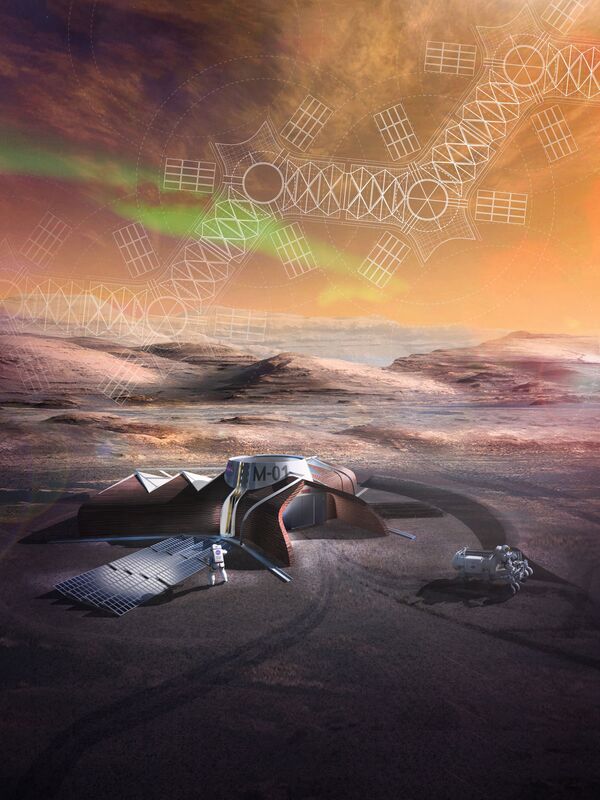
PARALLAX developed a two-part system of construction based on three-armed geometry. Part one has foldable envelopes deploying from the landing capsule. It has a wing for living and a wing for working. Part two is a shell to be built from Martian resources.
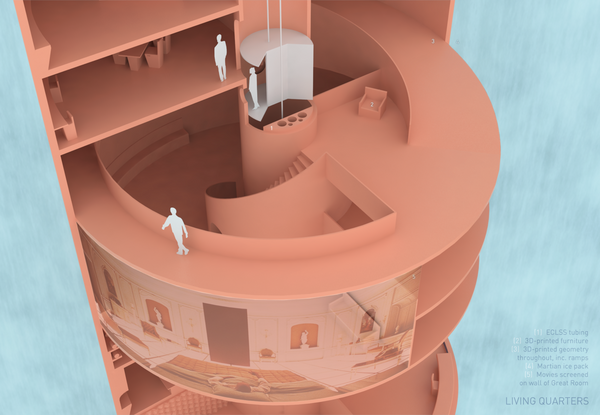
Team Staye believes that a settlement under the ice of the Equatorial Frozen Sea can efficiently shield scientists from cosmic rays and provide access to water.
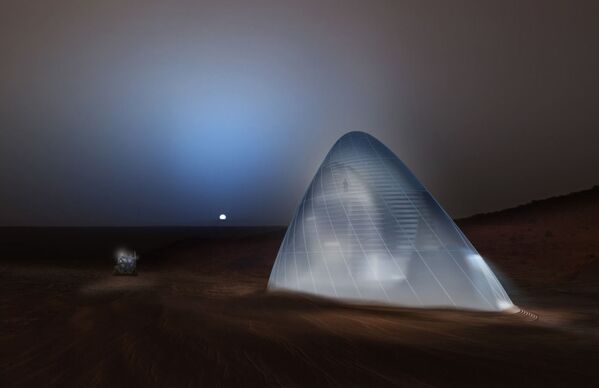
The Ice House of SEArch/Clouds Architecture Officewill feature a multi-layered pressurized radiation shell enclosed in ice and outfitted with a lander habitat and gardens.

Mars Terrain Intelligence Collaborative engineers decided to build houses from the substances abundant on the Red Planet such as iron and silica sand.
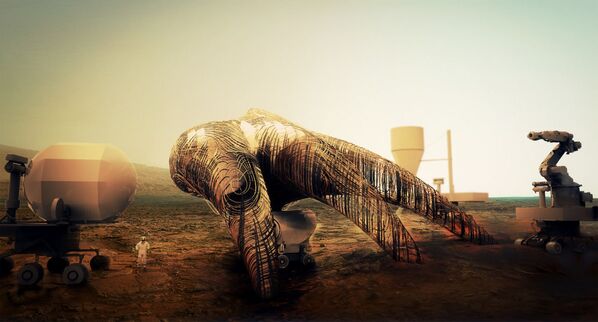
Hybrid Composites experts based their project on the use of robot technologies and high performance composite materials, with which they hope to go beyond cement-based 3D printing.

7/12
© Photo : NASA
Digital Structures used the ancient symbol of the Ouroboros serpent, eating its tail, to express the idealized concept of metabolism. They are focusing on using high-strength, light-weight and air-tight materials.

8/12
© Photo : NASA
Safety and comfort are at the core of Space is More engineers’ housing conception.
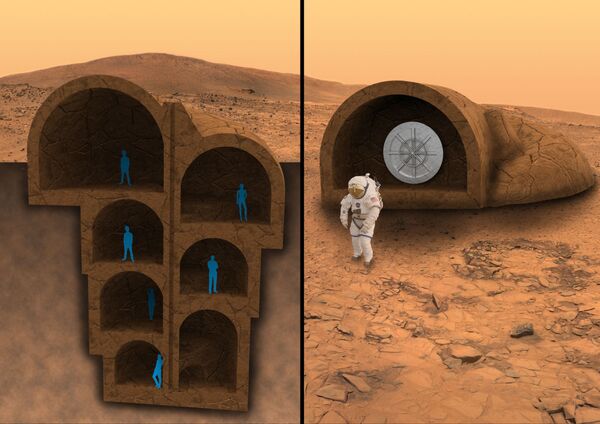
The shell of the nautilus and the pit houses of ancient cultures inspired RedWorks to design a levelled structure that revolves around the central support pillar like a spiral staircase.
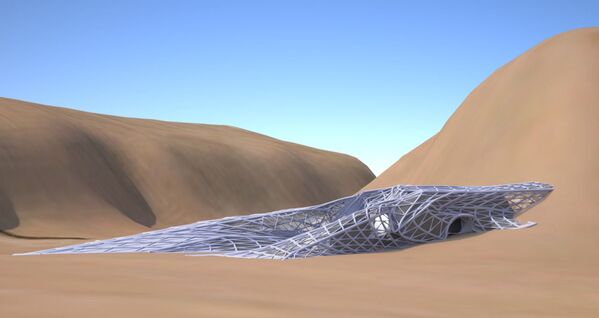
Researchers should remember their origin, according to the MOA Architecture team who proposed a shelter reminiscent of an earth-bound dwelling. They also plan to assemble a 3D-printer that will scan the surroundings and create adaptations to the Martian temperature, soil and radiation.
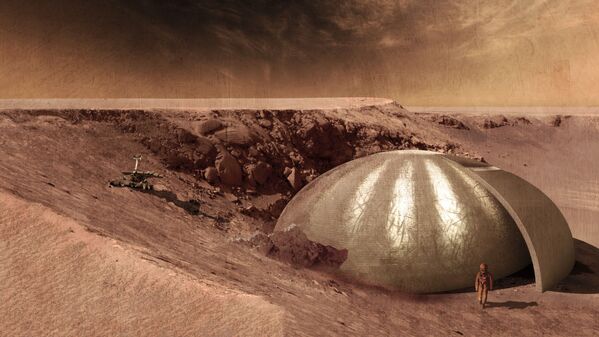
N.E.S.T. team’s three layer houses will provide atmospheric stabilization, suitable physiological conditions and functional infrastructure.
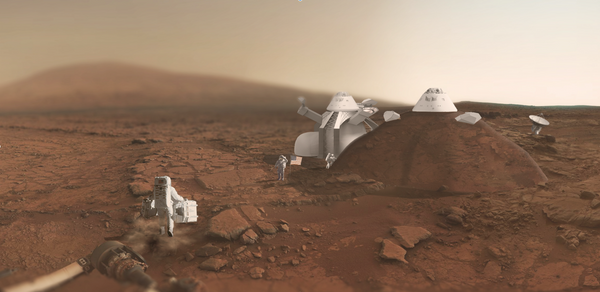
MP1-S7 based their Mars Artificial Atmospheric Envelope on the hexagonal principle of a bee hive that increases the endurance of the structure.

